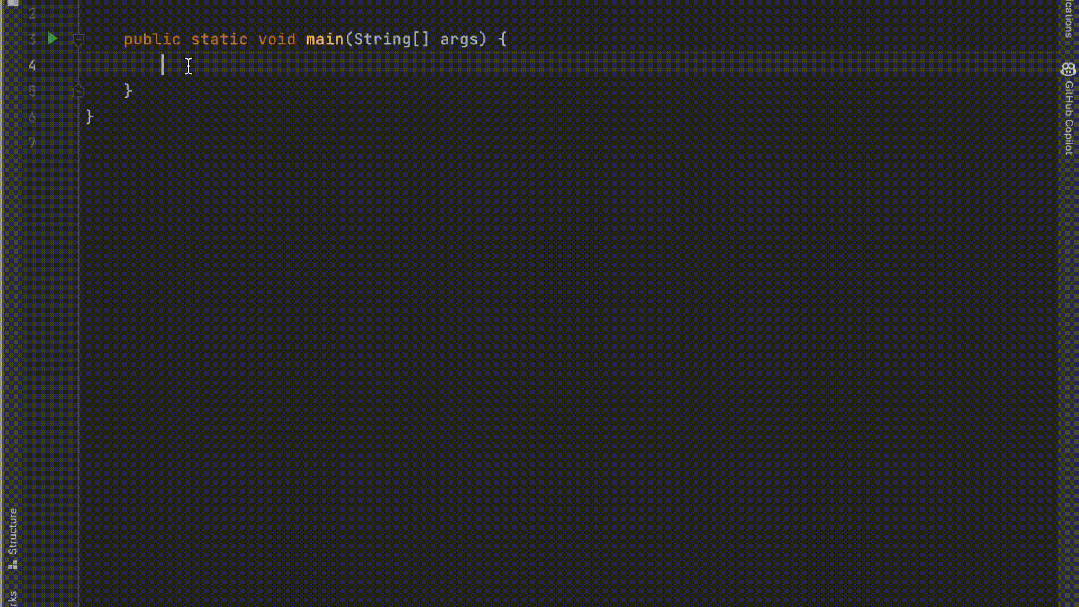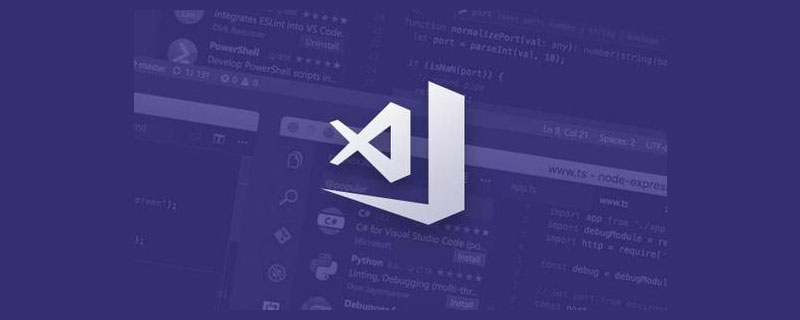 Web Front-end
Web Front-end uni-app
uni-app How to use the rich text editor plug-in to implement rich text editing function in uniapp
How to use the rich text editor plug-in to implement rich text editing function in uniapp
How to use the rich text editor plug-in to implement rich text editing function in uniapp
Overview
In modern applications, a rich text editor is a must-have function because it allows users to create rich and diverse text content in the application, including font style, font size, color, insert pictures, etc. As a cross-platform development framework, uniapp also provides a way to use rich text editor plug-ins to achieve this function. This article will introduce how to use the rich text editor plug-in in uniapp and give specific code examples.
Steps
- Import rich text editor plug-in
First, we need to import a rich text editor plug-in in the uniapp project. Here we take importing theuni-rich-text-editorplug-in as an example. You can install the plug-in through npm, or you can directly download the plug-in file and copy it to the project. - Create a rich text editor page
Next, create a rich text editor page in the uniapp project. You can use the<rich-text-editor></rich-text-editor>tag to create a rich text editor component and set the corresponding properties.
<template>
<view>
<rich-text-editor ref="editor" :content="content"></rich-text-editor>
</view>
<template>- Edit rich text content
In the<script></script>tag of the page, we need to define thecontentvariable to save the rich text Text content. We can also define some methods to implement some operations, such as saving rich text content, inserting pictures, etc.
<script>
export default {
data() {
return {
content: '',
}
},
methods: {
// 保存富文本内容
saveContent() {
this.content = this.$refs.editor.getContent();
},
// 插入图片
insertImage() {
uni.chooseImage({
count: 1,
success: (res) => {
if (res.tempFilePaths && res.tempFilePaths.length > 0) {
this.$refs.editor.insertImage(res.tempFilePaths[0]);
}
},
});
},
},
}
</script>In the above example, the saveContent method is used to save rich text content, and the insertImage method is used to insert images. $refs.editor represents a reference to the rich text editor component, through which we can call methods of the rich text editor.
- Page style settings (optional)
If you need to customize the style of the rich text editor, you can add the corresponding style in the<style></style>tag of the page . You can adjust text color, font size, font, etc. as needed.
<style>
.rich-text-editor {
color: #333;
font-size: 16px;
font-family: Arial, sans-serif;
}
</style>Summary
Through the above steps, we can use the rich text editor plug-in in uniapp to realize the rich text editing function. First, import the rich text editor plug-in, then create a rich text editor page and set the corresponding properties, and define the corresponding methods in the script of the page to implement the rich text editing function. In this way, we can provide users with a rich and diverse editor that enables them to create beautiful text content.
Of course, this is just a basic example. You can extend and customize the functions of the rich text editor according to your own needs, such as adding more buttons, custom styles, etc. I hope this article will help you use the rich text editor plug-in in uniapp.
The above is the detailed content of How to use the rich text editor plug-in to implement rich text editing function in uniapp. For more information, please follow other related articles on the PHP Chinese website!
 五个IntelliJ IDEA插件,高效编写代码Jul 16, 2023 am 08:03 AM
五个IntelliJ IDEA插件,高效编写代码Jul 16, 2023 am 08:03 AM人工智能AI是当前广受认可的未来趋势和发展方向。虽然有些人担心AI可能会取代所有的工作,但实际上只会取代那些重复性高、产出低的工作。因此,我们应该学会更加聪明地工作,而不是使劲努力地工作。本文介绍5个由AI驱动的Intellij插件,这些插件可以帮助你提高生产力,减少繁琐的重复性工作,让你的工作更加高效、便捷。1GithubCopilotGithubCopilot是由OpenAI和GitHub联合开发的一款人工智能代码辅助工具。它使用了OpenAI的GPT模型来分析代码上下文,预测并生成新的代码
 atom中 40+ 个常用插件推荐分享(附插件安装方法)Dec 20, 2021 pm 04:14 PM
atom中 40+ 个常用插件推荐分享(附插件安装方法)Dec 20, 2021 pm 04:14 PM本篇文章给大家分享40+ 个atom常用插件,并附上在atom中安装插件的方法,希望对大家有所帮助!
 vscode插件分享: 6个Vue3开发必备插件Dec 09, 2022 pm 08:36 PM
vscode插件分享: 6个Vue3开发必备插件Dec 09, 2022 pm 08:36 PM本篇文章给大家整理分享 6 个 Vue3 开发必备的 VSCode 插件,可以直接用过 VSCode 的插件中心直接安装使用,希望对大家有所帮助!
 2023年最新最全的VScode插件推荐Jan 24, 2023 am 05:30 AM
2023年最新最全的VScode插件推荐Jan 24, 2023 am 05:30 AM这篇文章主要介绍了这么多年来我在使用 VSCode 过程中用到的一些不错的插件。这些VSCode插件,帮你打造地表最强IDE!
 用 VSCode 写 Python,这14个插件不容错过!May 24, 2023 pm 05:19 PM
用 VSCode 写 Python,这14个插件不容错过!May 24, 2023 pm 05:19 PM可以说,VisualStudioCode这个编辑器,让微软在开源社区赢回了王者段位,要知道全球2400万开发者中有1400万称VSCode为自己的家,再加上GitHub和VSCode的结合,几乎所有的程序员的都离不开VSCode,不过,VSCode如此优秀,值得每个程序员使用,甚至我觉得非程序员都可以用它来码字。如果你还没用过VSCode,那访问这里安装[1]一个吧,很可能就打开了一个新世界。今天分享14个非常实用VSCode插件,可以让你写代码如同神一般,尤其是
 【吐血总结】23个VSCode 插件,助你提高开发效率和美观性Mar 10, 2022 pm 08:01 PM
【吐血总结】23个VSCode 插件,助你提高开发效率和美观性Mar 10, 2022 pm 08:01 PM本篇文章给大家总结了23个各种功能的VSCode 插件,可以帮助开发者提高开发效率和美观性,希望对大家有所帮助!
 canvas插件有哪些Aug 17, 2023 pm 05:00 PM
canvas插件有哪些Aug 17, 2023 pm 05:00 PMcanvas插件有Fabric.js、EaselJS、Konva.js、Three.js、Paper.js、Chart.js和Phaser。详细介绍:1、Fabric.js 是一个基于Canvas的开源 JavaScript 库,它提供了一些强大的功能;2、EaselJS是CreateJS库中的一个模块,它提供了一套简化了Canvas编程的API;3、Konva.js等等。
 如虎添翼,六个让你效率翻倍的ChatGPT插件May 17, 2023 pm 02:28 PM
如虎添翼,六个让你效率翻倍的ChatGPT插件May 17, 2023 pm 02:28 PMChatGPT是一个超强的AI应用程序,OpenAI已经发布的GPT-4引起了更广泛的关注。ChatGPT是由OpenAI开发的专门从事对话的AI聊天机器人,其主要目标是使AI系统更自然地进行互动。大家可能都已经尝试过ChatGPT,今天讲一讲与这个全新工具互动的不同方法。本文总结了6个可以使ChatGPT成为日常助手(甚至超越日常助手)的工具!1.【GoogleChromeExtension】在任何地方使用ChatGPT想在任何地方轻松地使用ChatGPT吗?那么你可以使用Chrome插件(h


Hot AI Tools

Undresser.AI Undress
AI-powered app for creating realistic nude photos

AI Clothes Remover
Online AI tool for removing clothes from photos.

Undress AI Tool
Undress images for free

Clothoff.io
AI clothes remover

AI Hentai Generator
Generate AI Hentai for free.

Hot Article

Hot Tools

SAP NetWeaver Server Adapter for Eclipse
Integrate Eclipse with SAP NetWeaver application server.

PhpStorm Mac version
The latest (2018.2.1) professional PHP integrated development tool

DVWA
Damn Vulnerable Web App (DVWA) is a PHP/MySQL web application that is very vulnerable. Its main goals are to be an aid for security professionals to test their skills and tools in a legal environment, to help web developers better understand the process of securing web applications, and to help teachers/students teach/learn in a classroom environment Web application security. The goal of DVWA is to practice some of the most common web vulnerabilities through a simple and straightforward interface, with varying degrees of difficulty. Please note that this software

SublimeText3 English version
Recommended: Win version, supports code prompts!

ZendStudio 13.5.1 Mac
Powerful PHP integrated development environment





